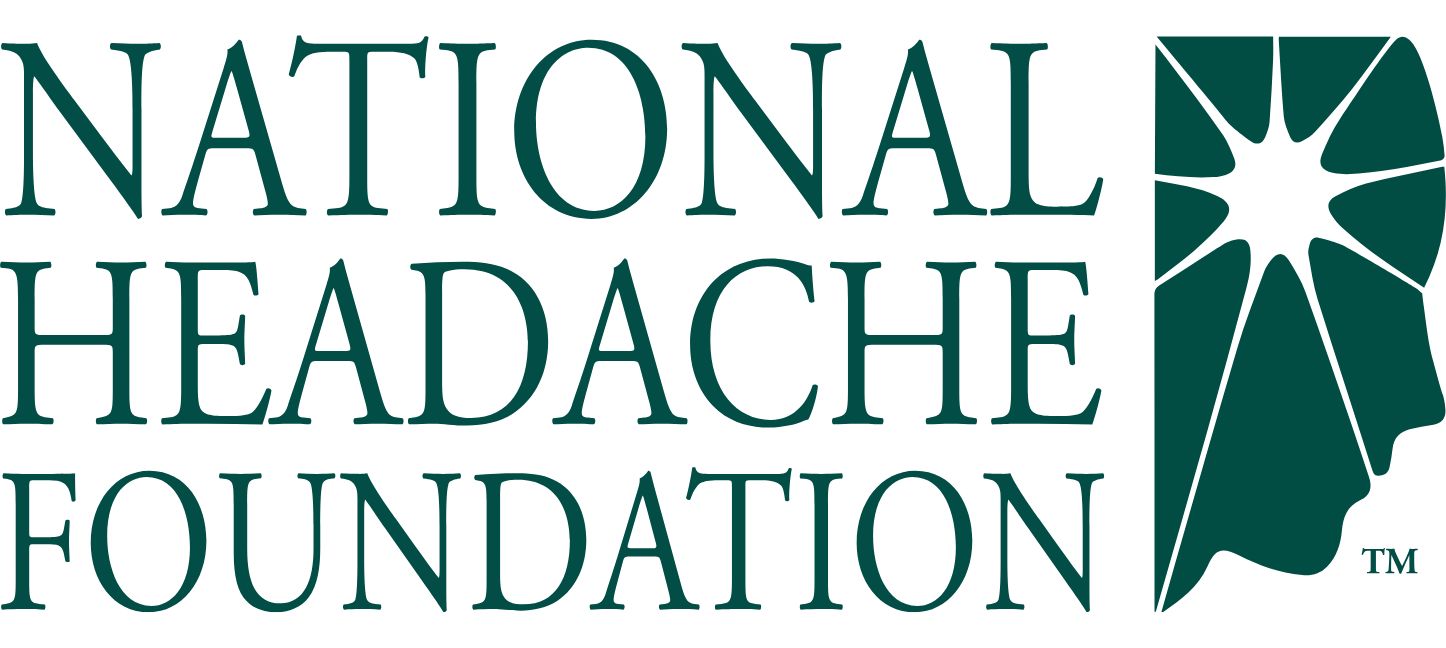Key Takeaways
- Medications for migraine either prevent episodes or relieve symptoms, with options like pills, injections, and nasal sprays available.
- Acute medications provide relief during a migraine, while preventive medications reduce the frequency and severity of episodes. Some people may need both.
- Various acute and preventive medications exist, including pain relievers, ergotamines, triptans, CGRP antagonists, anti-nausea drugs, and others like beta-blockers and antidepressants.
Migraine is a condition in which you experience severe, debilitating headaches, involving intense throbbing or pulsing in one area of your head. The headaches are often accompanied by nausea, vomiting, and sensitivity to light and sound.
There’s no cure for migraine, but some medications can provide pain relief and improve your quality of life.
There are
- Acute medications: These help provide relief from pain and other symptoms during a migraine attack.
- Preventive medications: These aim to reduce the frequency and severity of chronic migraine attacks.
Some people may need medications for acute treatment only, while others may need a combination of the two types of medication. The best treatment plan will depend on the type, severity, and frequency of your migraine attacks.
Keep reading to learn more about the different types of medications to help treat migraine.
These medications should be taken at the
Taking any of these drugs too often may lead to a medication overuse (rebound) headache. This type of headache may arise from overusing medication and adapting to its effects.
If you need to use acute migraine drugs more than 10 days per month, speak with a healthcare professional. They may suggest other treatments, such as preventive medications.
Here are the different types of acute medications for migraine:
Pain relievers
Some over-the-counter (OTC) pain relievers may help treat migraine. These include:
- analgesics, such as acetaminophen (Excedrin, Tylenol)
- nonsteroidal anti-inflammatory drugs (NSAIDs), such as aspirin, ibuprofen (Advil, Motrin), diclofenac (Cataflam), and naproxen (Aleve)
Some OTC drugs marketed specifically for migraine combine one or more of the drugs above with a small amount of caffeine. This can make them work more quickly and effectively, especially for mild migraine.
If OTC pain relievers don’t help treat migraine symptoms, a doctor may prescribe stronger doses. But it’s important to be aware of the possible side effects of long-term NSAID use. These include:
Learn more about OTC medications for migraine.
Ergotamines
Ergotamines were the first class of drugs used specifically for migraine. They help treat vascular headaches by targeting 5HT-1B and 5HT-1D receptors, which contract the blood vessels around your brain.
They’re not commonly prescribed anymore since more effective medications are now available. They also have potentially dangerous side effects that could affect your brain, heart, and cardiovascular system.
But if your migraine attacks are frequent or last longer than
- dihydroergotamine (DHE-45, Migranal)
- ergotamine (Ergomar)
- ergotamine and caffeine (Cafatine, Cafergot, Cafetrate, Ercaf, Migergot, Wigraine)
Talk with a healthcare professional before taking ergotamines, especially if you:
- are pregnant
- have heart disease
- are taking other medications, such as antifungals or antibiotics
Triptans
Triptans increase serotonin levels in your brain, reducing inflammation and constricting blood vessels to effectively end a migraine attack.
Triptans are available in the form of pills, nasal sprays, injections, and tablets that dissolve under your tongue, and they work quickly to stop a migraine attack. Triptans available to help treat migraine include:
- almotriptan (Axert)
- eletriptan (Relpax)
- frovatriptan (Frova)
- naratriptan (Amerge)
- rizatriptan (Maxalt, Maxalt-MLT)
- sumatriptan (Imitrex)
- zolmitriptan (Zomig)
You should not take triptans more than
- have had a stroke
- have heart disease
- have hypertension (high blood pressure)
- have angina
- are pregnant
- have hemiplegia
- have basilar migraine
Possible side effects of triptans include:
- drowsiness
- hot or cold flashes
- dizziness
- nausea
- tingling or numbness in your toes
- tightness or discomfort in your chest or throat
Triptans may also cause serotonin syndrome if taken with other drugs that increase serotonin, such as antidepressants. This may be life threatening.
Learn more about triptans for migraine.
Calcitonin gene-related peptide (CGRP) antagonists
CGRP antagonists, also known as gepants, are the newest group of medications approved for treating and preventing migraine.
They work on calcitonin gene-related peptide (CGRP), a protein found around your brain that is involved in the pain associated with migraine.
Current CGRP antagonists approved to treat acute migraine
- rimegepant (Nurtec)
- ubrogepant (Ubrelvy)
- zavegepant (Zavzpret)
Learn more about CGRP antagonists for migraine.
Anti-nausea drugs
These drugs
Anti-nausea medications include:
- dimenhydrinate (Gravol)
- metoclopramide (Reglan)
- prochlorperazine (Compazine)
- promethazine (Phenergan)
- trimethobenzamide (Tigan)
These drugs may make you drowsy, less alert, or dizzy, and they have other possible side effects.
Learn more about anti-nausea medications.
Opioids
If migraine pain doesn’t respond to other pain relievers and you can’t take ergotamines or triptans, you may receive opioids during hospitalization for migraine.
However, some
- worse headaches
- opioid dependence
- reduced quality of life
For this reason, it’s important to discuss other treatment options with a healthcare professional.
If you’re living with chronic migraine, a healthcare professional may prescribe a medication to help:
- prevent migraine episodes
- reduce symptom intensity, duration, and severity
- improve your quality of life
Possible preventive medications for migraine
- CGRP monoclonal antibodies, such as erenumab (Aimovig), fremanezumab (Ajovy), eptinezumab (Vyepti), and galcanezumab (Emgality)
- CGRP receptor antagonists, such as atogepant (Qulipta) and rimegepant (Nurtec)
- beta-blockers, such as metoprolol (Toprol XL) and propranolol (Inderal)
- calcium channel blockers, such as diltiazem (Cardizem, Cartia XT, Dilacor, Tiazac) and verapamil (Calan, Covera, Isoptin, Verelan)
- antidepressants, such as amitriptyline (Elavil, Endep) and fluoxetine (Prozac, Sarafem)
- anticonvulsants, such as topiramate (Topamax) and valproate (Depakene)
These drugs are taken on a regular basis, usually daily, and may be prescribed alone or in combination with other drugs. It may take several weeks or months for them to become effective.
The Food and Drug Administration (FDA) has also
Speak with a healthcare professional about the potential side effects of each medication.
Learn more about preventive medications for migraine.
What is the best medication for migraine?
The best medication will depend on the frequency, severity, and intensity of your migraine. If you sometimes experience migraine, then OTC or prescription pain relievers may be enough. However, if you experience migraine attacks more than 10 days per month, you may need preventive medications.
What is the drug of choice for migraine attacks?
Many drugs are effective and recommended for migraine treatment. The best medication will depend on several factors, such as the type and severity of your migraine attacks and any underlying health conditions you have.
What is the first-line choice for migraine prevention?
First-line medications for migraine episode prevention
What is the fastest-working migraine medication?
Sumatriptan may help relieve migraine attacks within 30 to 60 minutes when taken orally or in less time if injected.
Many drugs are available to treat pain from migraine. To avoid rebound attacks, be careful not to use these medications too often.
If you’re experiencing frequent pain, you can talk with a doctor about taking preventive medication.





